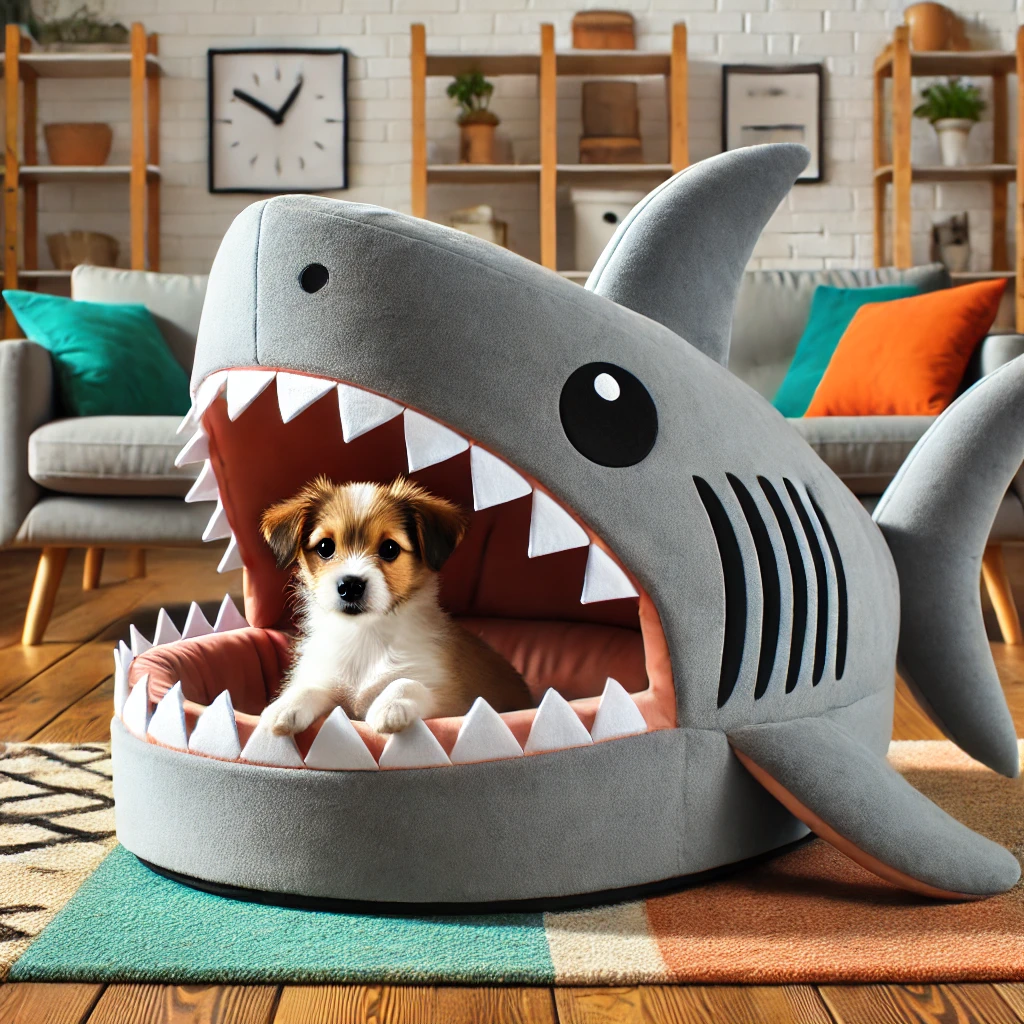Spotting the Truth: Uncovering the Mysteries Behind Dalmatian Spots
Dalmatian spots 101: Everything you need to know about this iconic coat pattern
Dalmatians are instantly recognizable thanks to their unique spotted coats. But there’s more to these distinctive markings than meets the eye. Let’s dive into the fascinating world of Dalmatian spots and explore what makes this breed’s coat so special.
The origins of Dalmatian spots
Dalmatians are born with pure white coats. Their iconic spots don’t appear until they’re about 2-3 weeks old. This gradual development of spots is a unique characteristic of the breed.

The spots are caused by a gene that affects pigment-producing cells in the skin. This gene is responsible for the random distribution of spots across the dog’s body.
Spot characteristics
Dalmatian spots come in two main colors:
- Black spots
- Liver (brown) spots
The spots should be well-defined and evenly distributed across the body. They can vary in size from about the size of a dime to the size of a half-dollar.
| Spot Color | Nose Color | Eye Color |
|---|---|---|
| Black | Black | Brown or blue |
| Liver | Brown | Amber or green |
Rare spot variations
While black and liver spots are the most common, some Dalmatians may have rare spot variations:
- Lemon spots (pale yellow)
- Blue spots (grayish-blue)
- Tricolor spots (a combination of colors)
These variations are less common and may not be recognized by all kennel clubs.
Spot patterns and health
Interestingly, the distribution of spots can sometimes indicate potential health issues. For example, Dalmatians with large patches of white (instead of evenly distributed spots) may be more prone to deafness.
Regular check-ups with a veterinarian can help monitor your Dalmatian’s health, regardless of their spot pattern. Speaking of health, did you know that Dachshunds have their own special day dedicated to raising awareness about their unique health needs?
Caring for a Dalmatian’s spotted coat
Dalmatians have short, dense coats that are relatively easy to maintain. However, their white base coat can show dirt easily. Here are some tips for keeping your Dalmatian’s coat looking its best:
- Brush weekly to remove loose hair and distribute natural oils
- Bathe as needed, usually every 4-6 weeks
- Use a gentle, dog-specific shampoo to avoid irritating their skin
- Consider using a whitening shampoo occasionally to keep the white areas bright
While Dalmatians have relatively simple grooming needs, some breeds require more intensive care. For example, Silky Wire-Haired Dachshunds need regular brushing and trimming to maintain their unique coat texture.
Spot misconceptions
There are several common misconceptions about Dalmatian spots:
| Myth | Reality |
|---|---|
| Spots can be bred for specific patterns | Spot patterns are random and cannot be controlled through breeding |
| All Dalmatians have exactly 101 spots | The number of spots varies greatly between individual dogs |
| Spots change or appear throughout the dog’s life | Spots are fully developed by about 7 months of age and don’t change after that |
Dalmatian spots in popular culture
The distinctive appearance of Dalmatians has made them popular in various forms of media:
- Disney’s “101 Dalmatians” franchise
- Budweiser’s mascot dogs
- Firefighter mascots
This popularity has sometimes led to increased demand for Dalmatians as pets. However, it’s important to remember that owning any dog is a significant responsibility. If you’re considering a spotted companion, make sure to research the breed thoroughly, just as you would for other breeds like Brindle Dachshunds.
Conclusion
Dalmatian spots are more than just a pretty pattern – they’re a fascinating aspect of canine genetics and a defining characteristic of this beloved breed. Whether you’re a Dalmatian owner or simply an admirer of these spotted dogs, understanding the science and care behind their unique coats can deepen your appreciation for these remarkable animals.
For more information on different dog breeds and their unique characteristics, check out our dog breeds category. And if you’re interested in learning about other distinctive coat patterns, don’t miss our article on Dachshund coats and colors.